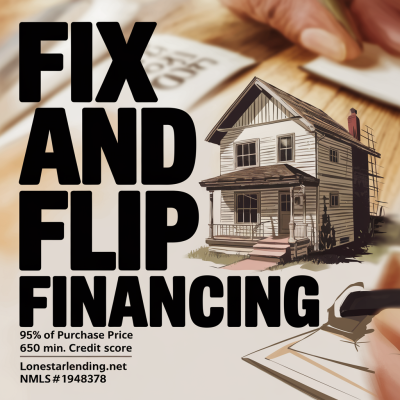

Fix and flip financing is a popular option for real estate investors looking to purchase, renovate, and resell properties for profit. This type of financing allows investors to access funds quickly, enabling them to seize opportunities in the real estate market. In this blog post, we will delve into the key elements of fix and flip financing, including its advantages, types of loans available, and tips for securing the right financing for your projects.
When considering fix and flip financing, it's crucial to understand the different loan options available. Traditional lenders, such as banks, often have strict requirements and lengthy approval processes. Alternatively, private lenders and hard money lenders may provide faster access to funds, albeit at higher interest rates. Understanding these options can help you make an informed decision based on your investment strategy and timeline.
One significant advantage of fix and flip financing is the ability to leverage the property's after-repair value (ARV). This means that lenders may consider the potential value of the property after renovations when determining the loan amount, allowing you to secure more funding than you might with traditional financing methods.
To enhance your chances of securing financing, it's essential to present a solid business plan that outlines your renovation strategy, budget, and timeline. Lenders will want to see a clear path to profitability, so providing detailed information can make a positive impression.
In conclusion, understanding fix and flip financing is vital for anyone looking to invest in real estate. Whether you choose to work with private lenders or explore other financing options, being informed and prepared can lead to successful investment outcomes. For more information on fix and flip financing and how The Wiley Group LLC can assist you, feel free to reach out at 281-741-8766 or email us at mwiley@thewileygroupllc.com.
